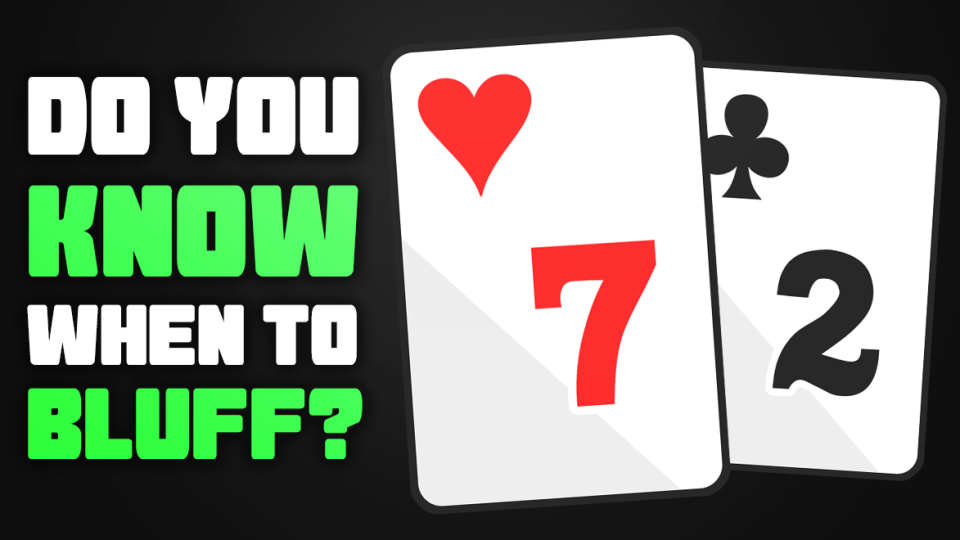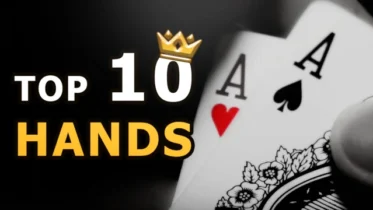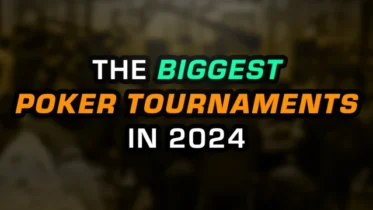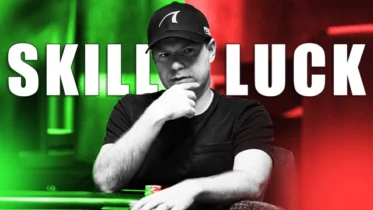While having a knack for reading tells is not the only pre-flop strategy you should know, it can be combined with an overall solid starting hand game to help you make the most profitable calls possible.
A tell is simply a physical indication another player gives that signals their intention. Not all players have the same tells, but many will.
When Someone Exhibits A Folding Tell.
First thing you do is treat them as if they aren’t there: they’re an empty seat, and no one you have to contend with. Examples of folding tells are when an opponent looks at his or her cards, and then just leaves them on the table, messy. Or, if your opponent pushes the cards toward the middle of the table or leans back away from the table. All of these tells show that this player is already checking out of the hand.
When Someone Exhibits An Interest Tell.
Don’t open with marginal hands! This person is planning to raise, call your raise, or re-raise, so you don’t want to put yourself in an awkward spot when you’re out of position. Also, consider limping to trap your opponent. After all, you know they plan on raising. Examples of interest tells include when someone pulls their cards close to them or organizes their cards neatly. If they clamp their cards in their hands, this also shows a protective impulse toward their cards, meaning they are feeling pretty damn good about them. Another interest tell: when a player puts a chip as a card protector over their cards. Of course, some players can do this every hand, so the only time the use of a card protector is a likely indicator of an interest tell is when that player doesn’t usually use one.

Are you a bluffing master? Take our quiz and find out!
Watch How Players React To Other Players Putting In Chips.
When someone raises, other players will often immediately react, displaying their intent. For instance, if you’re playing $2/$5 and someone opens for $15 and the player to your left grabs three red chips, that person is probably thinking of calling. If, however, the player grabs three green chips, ($25), then that player is probably going to raise and if you have a hand like pocket fours (which is fine to call but not to raise because you know you’re going to get re-raised out of the pot),then muck it. Pay attention to what chips players grab and you can make more informed decisions.
A Final Note About Tells
Tells only work as intel if people are unaware you are watching them. When people know you’re looking at them, they can try to throw out reverse tells. Also, be aware that the more you see a tell—the more consistent a behavior is—the more reliable you can consider that tell. Finally, be sure to watch the hand to the end (even if you’re not in it anymore) to see if your tell was correct. This will show you how much weight you can give your perception of that person’s behavior.



